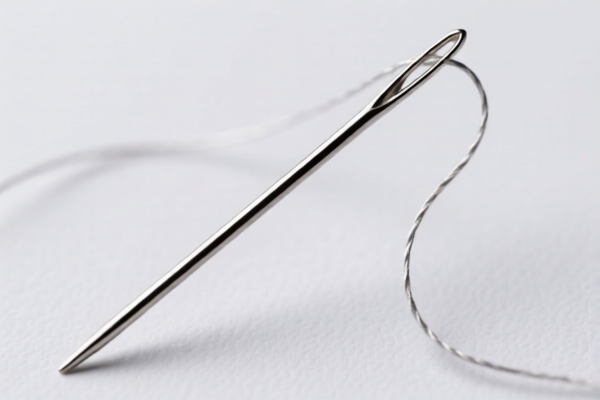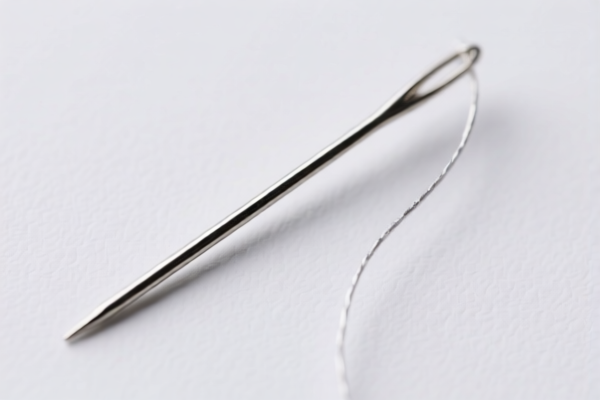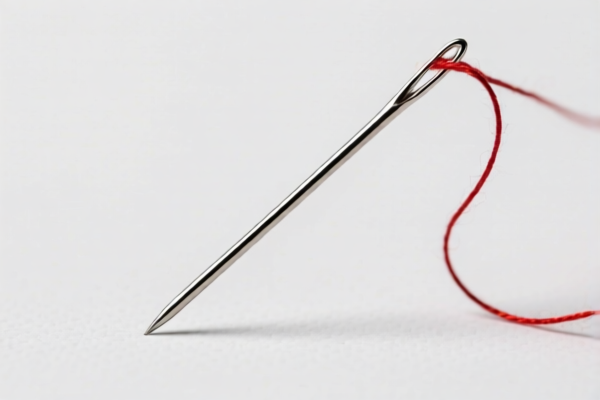| HS Code | Official Doc | Tariff Rate | Origin | Destination | Effective Date |
|---|---|---|---|---|---|
| 3005101000 | Doc | 30.0% | CN | US | 2025-05-12 |
| 3005901000 | Doc | 30.0% | CN | US | 2025-05-12 |
| 9018320000 | Doc | 130.0% | CN | US | 2025-05-12 |
| 9018310040 | Doc | 130.0% | CN | US | 2025-05-12 |




Puncture Needle
A puncture needle is a slender, typically hollow, instrument designed to create small holes, or punctures, in materials or tissues. Its primary function is to access, inject, or withdraw substances through the created opening.
Material
Puncture needles are commonly manufactured from:
- Stainless Steel: The most prevalent material due to its corrosion resistance, durability, and biocompatibility. Different grades of stainless steel are used depending on the application.
- Carbon Steel: Used in some industrial applications where high strength is required, but requires coating to prevent corrosion.
- Plastic: Disposable plastic needles are used for less invasive procedures or applications where metal contamination is a concern.
Purpose & Function
The core purpose of a puncture needle is controlled penetration. This facilitates a range of functions including:
- Injection: Delivering fluids (medication, vaccines, chemicals) into tissues, vessels, or cavities.
- Aspiration: Withdrawing fluids or tissues for analysis (blood samples, biopsies).
- Access: Creating pathways for catheters, sensors, or other instruments.
- Puncture & Release: Releasing pressure or fluids from contained areas (e.g., draining cysts).
- Tissue Sampling: Obtaining small tissue samples for pathological examination.
Usage Scenarios
Puncture needles are utilized across a broad spectrum of fields:
- Medical/Healthcare:
- Hypodermic Needles: Subcutaneous and intramuscular injections.
- Biopsy Needles: Obtaining tissue samples from organs, tumors, etc.
- IV Catheter Needles: Inserting catheters into veins.
- Acupuncture Needles: Traditional Chinese medicine practice.
- Dental Needles: Local anesthesia administration.
- Blood Collection Needles: Phlebotomy for laboratory tests.
- Industrial:
- Inflating/Deflating: Puncturing valves in tires, balls, or inflatable structures.
- Chemical Sampling: Extracting samples from containers or processes.
- Material Testing: Assessing material properties through puncture resistance tests.
- Scientific Research:
- Cell Injection: Introducing substances into cells.
- Fluid Sampling: Collecting samples from biological systems.
- Veterinary Medicine: Similar applications to human healthcare, adapted for animal anatomy.
Common Types
Puncture needles are categorized based on several factors:
- Gauge: A measure of the needle’s diameter (higher gauge = thinner needle). Common medical gauges range from 16G (large bore for fluid aspiration) to 30G (fine bore for injections).
- Length: Varies depending on the depth of penetration required.
- Bevel: The angle of the needle’s tip. A sharper bevel generally allows for easier penetration.
- Tip Style:
- Single-Bevel: Traditional design, suitable for general injections.
- Multi-Bevel: Facilitates smoother penetration.
- Hypodermic: Beveled tip for subcutaneous and intramuscular injections.
- Biopsy: Specialized tip for tissue core sampling.
- Safety Needles: Incorporate features to prevent accidental needlestick injuries (e.g., retractable shields).
- Coating: Some needles have coatings (e.g., silicone) to reduce friction and improve patient comfort.
- Hub Design: Different hub materials and designs exist for secure attachment to syringes or other devices.
Puncture needles fall under the category of instruments and appliances used in medical, surgical, dental or veterinary sciences. Based on the provided information, the following HS codes are relevant:
- 9018320000: Instruments and appliances used in medical, surgical, dental or veterinary sciences, including scintigraphic apparatus, other electro-medical apparatus and sight-testing instruments; parts and accessories thereof: Syringes, needles, catheters, cannulae and the like; parts and accessories thereof: Tubular metal needles and needles for sutures and parts and accessories thereof. This code specifically covers tubular metal needles, which would include puncture needles.
- 9018310040: Instruments and appliances used in medical, surgical, dental or veterinary sciences, including scintigraphic apparatus, other electro-medical apparatus and sight-testing instruments; parts and accessories thereof: Syringes, needles, catheters, cannulae and the like; parts and accessories thereof: Syringes, with or without needles; parts and accessories thereof Syringes, with or without their needles: Hypodermic. This code covers hypodermic syringes, which often utilize puncture needles.
Explanation of HS Code Structure (based on provided information):
- 90: Chapter 90 covers Instruments and appliances used in medical, surgical, dental or veterinary sciences.
- 18: Heading 18 specifically covers Instruments and appliances used in medical, surgical, dental or veterinary sciences, including scintigraphic apparatus, other electro-medical apparatus and sight-testing instruments.
- 31: Subheading 31 covers Syringes, needles, catheters, cannulae and the like; parts and accessories thereof.
- 00: Further specifies the type of items within the subheading.
- 40: Further specifies the type of items within the subheading.
Tariff Information (based on provided information):
Both HS codes 9018320000 and 9018310040 currently have a base tariff of 0.0% and an additional tariff of 100.0%. Effective April 2, 2025, the additional tariff will be reduced to 30.0%, resulting in a total tariff of 130.0% until that date.
Customer Reviews
No reviews yet.